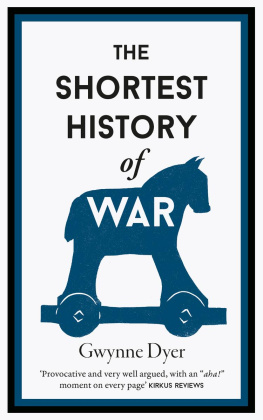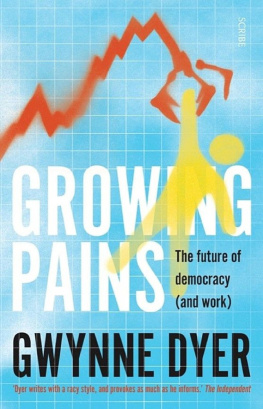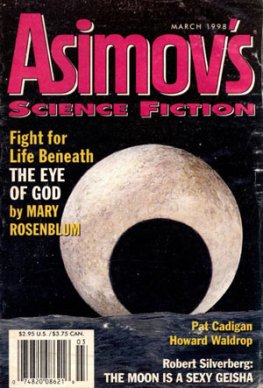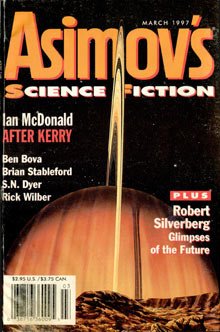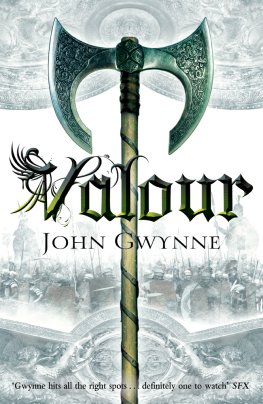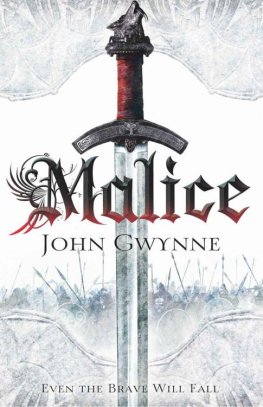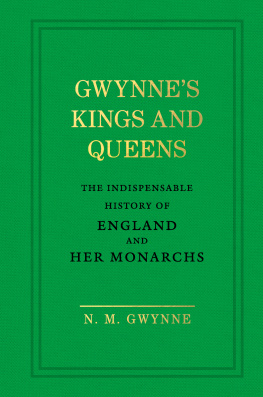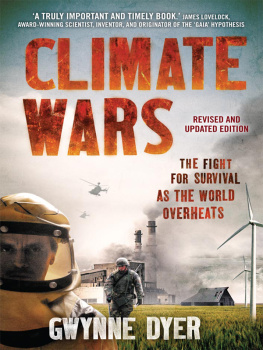Gwynne Dyer - War: The Lethal Custom
Here you can read online Gwynne Dyer - War: The Lethal Custom full text of the book (entire story) in english for free. Download pdf and epub, get meaning, cover and reviews about this ebook. year: 2006, publisher: Basic Books, genre: Politics. Description of the work, (preface) as well as reviews are available. Best literature library LitArk.com created for fans of good reading and offers a wide selection of genres:
Romance novel
Science fiction
Adventure
Detective
Science
History
Home and family
Prose
Art
Politics
Computer
Non-fiction
Religion
Business
Children
Humor
Choose a favorite category and find really read worthwhile books. Enjoy immersion in the world of imagination, feel the emotions of the characters or learn something new for yourself, make an fascinating discovery.

- Book:War: The Lethal Custom
- Author:
- Publisher:Basic Books
- Genre:
- Year:2006
- Rating:4 / 5
- Favourites:Add to favourites
- Your mark:
- 80
- 1
- 2
- 3
- 4
- 5
War: The Lethal Custom: summary, description and annotation
We offer to read an annotation, description, summary or preface (depends on what the author of the book "War: The Lethal Custom" wrote himself). If you haven't found the necessary information about the book — write in the comments, we will try to find it.
War: The Lethal Custom — read online for free the complete book (whole text) full work
Below is the text of the book, divided by pages. System saving the place of the last page read, allows you to conveniently read the book "War: The Lethal Custom" online for free, without having to search again every time where you left off. Put a bookmark, and you can go to the page where you finished reading at any time.
Font size:
Interval:
Bookmark:
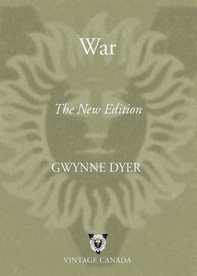

We go to gain a little patch of ground that hath in it no profit but the name.
William Shakespeare, Hamlet
Praise for
War: The New Edition
National Bestseller
Dyer is an accomplished military historian who bolsters his extensive knowledge with a rhetorical style that is at once invisible and entirely convincing. Structurally, the book accordions in and out from the psychology of individual soldiers, to the workings of whole armies, to broader historical movements and how they change (and stay the same) through time. It is a powerful effect, and one that ultimately makes this book at once a valuable historical treatise and a fervent and compelling call toward pacifism.
Publishers Weekly
His book is no simple narrative but a web of connections. The text ranges over the terrain of history, sparkling with insight and digressions. As an interpretive history of war, War is brilliant.
The Seattle Times
TO THE OLD FIRM
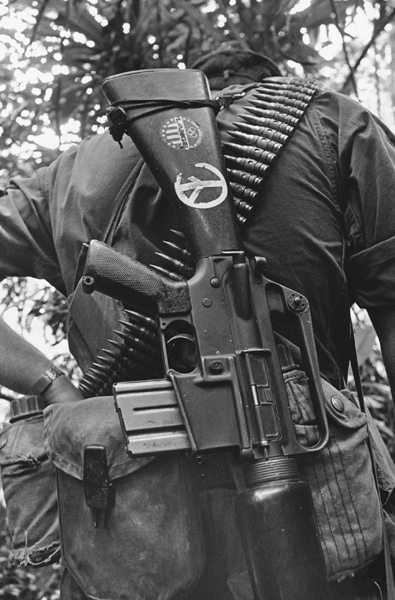
T HE FIRST EDITION OF THIS BOOK, PUBLISHED ALMOST TWENTY years ago, grew out of the making of a television series, and quotations in the text from people who were then alive, unless otherwise indicated, are generally from interviews conducted for that series.
Television is not generally thought to be the most hospitable environment for ideas, but they flourished nevertheless. Some of them were mine, but many were not. For a long time before I got involved in the War series I had worked entirely alone as a freelance journalist, and I had forgottenor maybe never knewhow much could be accomplished by a group of talented and intelligent people working on the same project every day (and many nights) for a couple of years. What emerged at the end was a perspective that none of us had when we started.
I havent seen most of these people for twenty years, but even now there is still much of them in the book, so they need to benot thanked, exactly, because they werent doing it for me, but recognized as shapers of the perspective: the directors and editors Paul Cowan, Donna Dudinsky, Hannele Halm, Doug Kiefer, Judith Merritt and Barbara Sears; the people who worked on location, especially Bev Davidson, Mike Mahoney, Kent Nason, Hans Oomes and Liudmila Peresvetova; the executive producer, Barrie Howells; and the network producer, Paul Wright. Its the nature of the media business that people come together for a while, collaborate on some project, and then go their separate ways, but for me, at least, that was one where something valuable was happening.
Above all, there are Michael Bryans and Tina Viljoen, who should have their names on this book because so much of it comes from them. They werent just good directors (though one of the films they made got an Academy Award nomination). The series was originally Michaels idea, and Michael and Tina were the only people who read and criticized each chapter of the first edition of this book. They have done it again for this edition, as have my sons Evan and Owen, now both journalists themselves, and my daughter Melissa, who also tracked down all the references I had managed to lose. I hope they realize how much I depend on them to keep me from going off the trackI am fortunate in my family and my friends.
The first edition of this book was published by Crown in New York, and I owe a lot to Jim Wade, then a senior editor there and still a dear friend. Holly Dressel in Montreal did the picture research for the original book and much other research besides; Ian Cowman, now back in Australia, did much of the historical research for the book while he was in London. Anne Collins, publisher at Random House in Toronto, was the person who suggested that I do a new edition of the book, and Susan Renouf has shepherded it through to completion. If it were always this painless, Id seriously consider switching from newspaper columns to books.
London, 2004
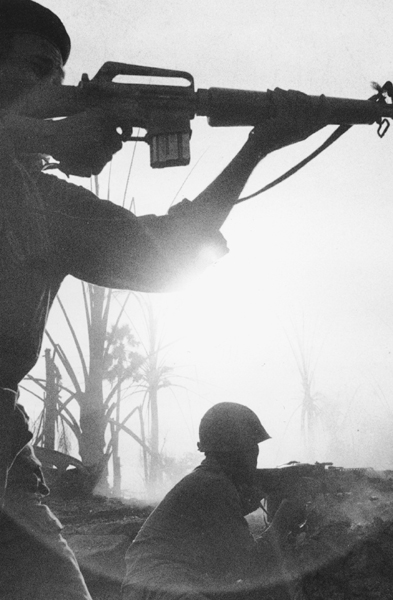
W HEN I WROTE THE FIRST EDITION OF THIS BOOK IN THE mid-1980s, the Cold War was nearing its second climax and the world lived in fear of an all-out nuclear war: ten thousand nuclear warheads exploding more or less simultaneously over all the main cities of Europe, North America, and Asia, destroying not only hundreds of millions of lives but most of the cultural heritage and capital stock accumulated over five thousand years of civilization. Five years later, we were granted a reprieve: a wave of non-violent democratic revolutions took us completely by surprise and swept away the governments on one side of that long and terrifying confrontation.
Now, for the moment, we are safe. The only kind of international violence that worries most people in the developed countries is terrorism: from imminent heart attack to a bad case of hangnail in fifteen years flat. We are very lucky peoplebut we need to use the time we have been granted wisely, because total war is only sleeping. All the major states are still organized for war, and all that is needed for the world to slide back into a nuclear confrontation is a twist of the kaleidoscope that shifts international relations into a new pattern of rival alliances.
That time may not come for another decade or so, but unless we can build institutions that move us decisively away from the old great-power game, sooner or later it surely will. And then at some later point, great-power war will also return: the megatons will fall, the dust will rise, the suns light will fail, and the race may perish. We may inhabit the Indian summer of human history, with nothing to look forward to but the nuclear winter that closes the account.
It is now seen as rather alarmist to talk like this, but since the scientific and organizational abilities that make nuclear weapons and other as-yet-undeveloped weapons of mass destruction possible cannot be unlearned, the human race has to figure out a way of running our affairs that dispenses with war altogether. The starting point must be to see the institution of war as a whole and to understand how it works.
For most of history, war has been a more or less functional institution, providing benefits for those societies that were good at it, although the cost in money, in lives, and in suffering was always significant. Only in the past century have large numbers of people begun to question the basic assumption of civilized societies that war is inevitable and often useful, as two mutually reinforcing trends have gained strength.
One is moral: for all the atrocities of the twentieth century (or perhaps because of them), it was a time when people began to imagine that warthat is, killing foreigners for political reasonsmight be simply wrong. The same explosion of new technologies that has made modern war so destructive has also made the whole world instantly and continuously visible. To see our enemies on television is not necessarily to love them, but it gets very hard to deny that they are human beings like ourselves. Even if morality is no more than the rules we make up for ourselves as we go along, one of those rules has usually been that killing people is wrong.
Font size:
Interval:
Bookmark:
Similar books «War: The Lethal Custom»
Look at similar books to War: The Lethal Custom. We have selected literature similar in name and meaning in the hope of providing readers with more options to find new, interesting, not yet read works.
Discussion, reviews of the book War: The Lethal Custom and just readers' own opinions. Leave your comments, write what you think about the work, its meaning or the main characters. Specify what exactly you liked and what you didn't like, and why you think so.

